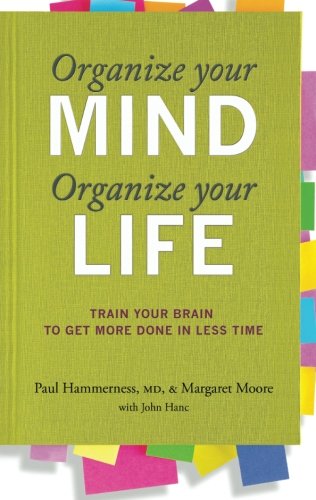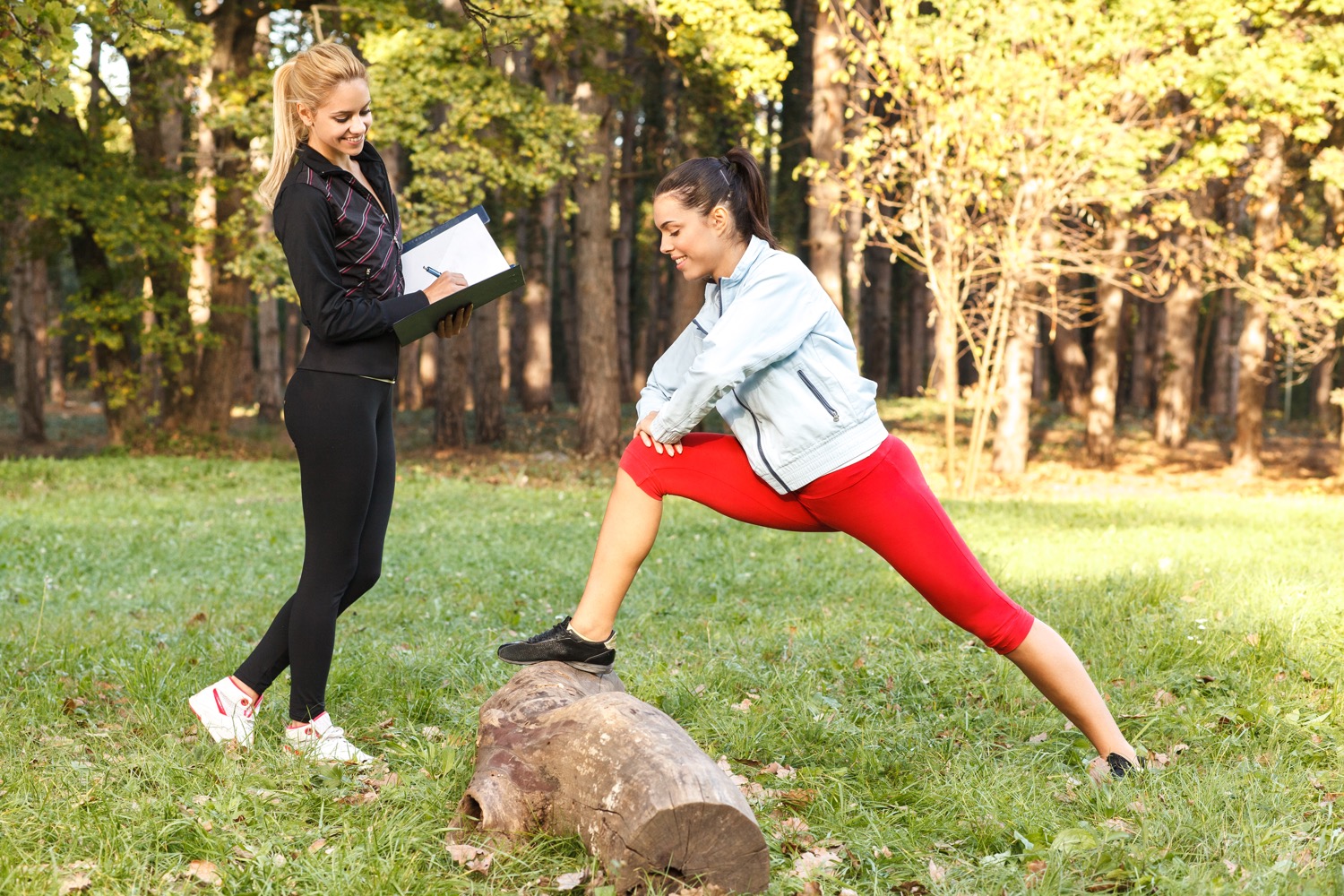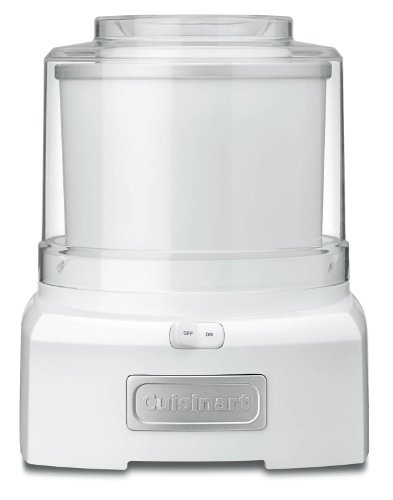Did you know that not all breast cancer is the same? Breast cancer is of course cells from the breast which have become abnormal and behave in an unregulated destructive manner. We can study specific breast cancer cells to determine their particular nature, for example, whether or they have hormone receptors. When we study breast cancer cells for their particular traits what we are really trying to determine is what therapies would be the most effective against that particular breast cancer cell type.
Some tests we do on breast cancer cells are gene tests. A new gene test called Oncotype DX "accurately identifies a group of women whose cancers are so likely to respond to hormone blocking drugs that adding chemo would do little if any good while exposing them to side effects and other health risks”. This test allows certain patients identified by this gene test to skip chemotherapy, and have results which are basically just as good as the corresponding patients who did have to get chemotherapy.
You may have heard that there is increasing support for homebirth in the United Kingdom. The United Kingdom of course has socialized medicine and a completely different medical care and medicolegal infrastructure than the United States. For example, British homebirth midwives are highly trained graduate-level professionals who have trained with Obstetricians in hospitals. They use modern equipment, can prescribed medications, and are constrained to doing homebirth in very close proximity to hospitals with emergency capabilities. More importantly, they are very careful at patient selection. Finally, medical malpractice liability is handled through the National Health Service.
None of this can be said for homebirth professionals in the United States where only a high school degree or GED is required along with an online test, care of home birth clinic patients and an observation of a small number of homebirths by a similarly trained person. These “direct entry” or “lay” midwives in the US are not required to carry liability insurance.
For many reasons including all of this, the American College of Obstetricians and Gynecologists (ACOG) maintains that the safest place to give birth is the hospital or a birthing center. It is interesting to note that because of medical privacy laws and reporting laws of the state, complications of homebirth are vastly under reported and understudied. Those of us who manage complications from unsuccessful home births are very concerned about these things.
Has anybody noticed that the brouhaha over Planned Parenthood has not prevented the government from continuing to function?
A meta-analysis study out of New Zealand and published in the British medical Journal has once again raised the question of whether or not calcium supplements are useful for strengthening bones. Their study indicates that while supplemental calcium is indeed associated with increases of bone density up to 2%, they conclude this increase was not enough to meaningfully reduce a person's risk of fracture. It is worth noting that in this study they did not actually measure fracture occurrence in the groups over time.
A second study in the the same journal actually showed a slight reduction in people’s fracture risk with calcium supplementation but researchers concluded the change was not enough to make a statement about the effect. Of course the media reported both of these studies as saying that calcium did not strengthen bones. Oversimplify much ?
In the conventional wisdom department, new research suggests that women who"begin hormone therapy toward the beginning of menopause may have a lower risk of developing heart disease”. Apparently women who start hormone replacement therapy within five years at menopause stayed free heart disease for a longer time than non-users.".
This is exactly what we thought would take place before we studied the matter in the large very important Women's Health Initiative study, which released in 2002. The Women's Health Initiative study or WHI, demonstrated that those on combined estrogen and progesterone hormone replacement therapy actually had slightly increasing cumulative risk of adverse cardiovascular events after menopause. This was not what researchers expected. Conventional wisdom had always been the hormones like estrogen protected against cardiovascular disease, accounting for the commonly observed phenomenon of that premenopausal women rarely had heart attacks, compared to men or postmenopausal women. Unfortunately the Women's Health Initiative was a bit of a lumper, (as opposed to a splitter) in that it evaluated postmenopausal women of all ages all at once. Moreover, the average age of the test subjects was 63. Thus these women for far more than five years after the average age of menopause which is 51. These women would be likely to have already developed pre-existing cardiovascular disease, in the years after the onset of menopause but before the onset of their research protocol hormone replacement therapy.
Many researchers have speculated that there is something disadvantageous about starting hormone replacement therapy once the patient is long into menopause. Conversely clinicians everywhere have noticed positive effects on health and well-being in those who are able to take hormone replacement from the beginning of menopause and into old age. It will be interesting to see if evidence based quantitative science catches up with or remotely matches the conventional wisdom on the streets.
The Federation Internationale of Gynecology and Obstetrics (FIGO) is stepping up its research on the relationship between toxic environmental chemicals like BPA and problems like miscarriage and cancer.
Finally, in the good news department, the American College of Obstetrics and Gynecology (ACOG) “recommends pregnant women without obstetrical or medical complications exercise at least 30 minutes a day most if not all days a week, just like the rest of the population.”
Stay tuned for more fascinating news from the world of obstetrics and gynecology next week on Medical Monday.
























